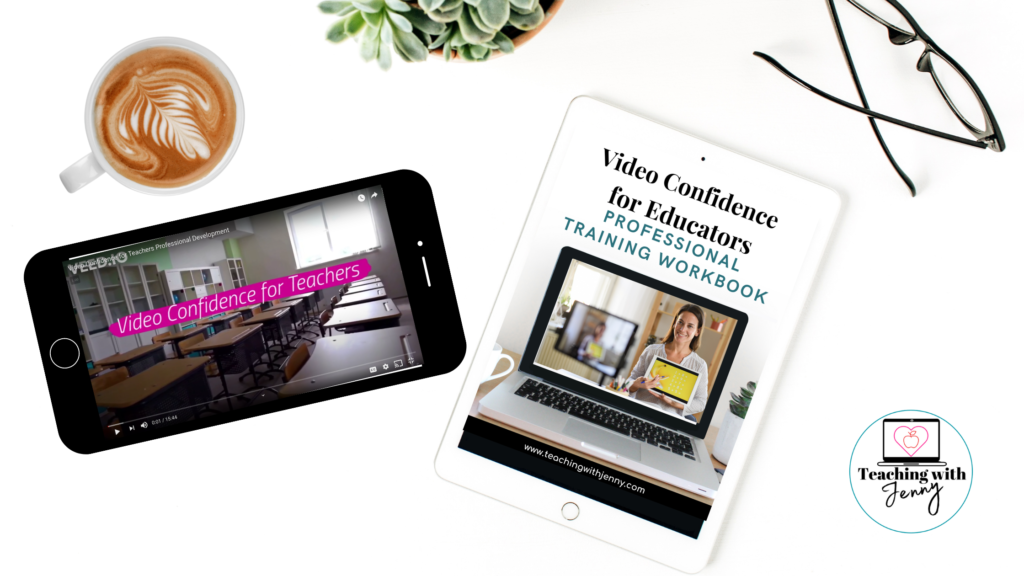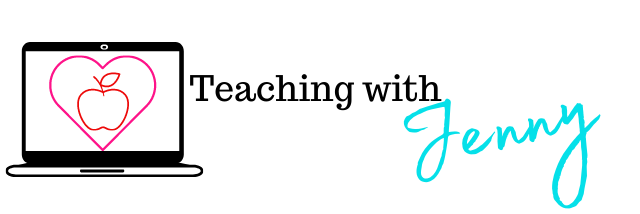If you have been wondering what the phrases “asynchronous” and “synchronous” learning mean when it comes to online teaching and learning then you are NOT alone!
Say WHAT?!
The first time I heard of “asynchronous” & “synchronous” learning I was talking to a techie teacher friend who rattled them off like I should know what they meant…too embarrassed to admit I had NO idea what she was talking about… I struggled through the rest of our conversation trying to decode their meanings.
I have a little background knowledge with Greek & Latin roots and knew “chronous” meant time ⏳…but time for WHAT??
As my techie friend went on talking I gathered they were both types of online learning, but I had never heard the terms before… So you probably can guess what I did when she walked away… I GOOGLED IT!
FLASH FORWARD 2020…I am now VERY familiar with both styles of learning, but in case you are not, I will explain…
So What is the Difference?
Asynchronous translates to mean “not together with time”. Whereas, synchronous translates to mean “together” or “simultaneous” with time.
So…ASYNCHRONOUS LEARNING is when students are learning on their own TIME and PACE and SYNCHRONOUS LEARNING is when students are learning together at a DESIGNATED time, PLACE, & at the instructor’s PACE.
What are the Benefits of TWO Different Learning Types Online?
So what are the benefits of having TWO different learning types online?
Is one better than the other?
How do you know which type is better for your students?

So Which ONE is Better?
So which style of online learning is better?
Well, that has a lot to do with the individual student and their personal learning needs.
But ideally, a combination of both SYNCHRONOUS TEACHING & ASYNCHRONOUS TEACHING styles usually yields the best learning results for most students.
A Combination of BOTH!
So what does a combination of both SYNCHRONOUS TEACHING & ASYNCHRONOUS TEACHING styles look like in action…well possibly something like this:
STEP 1: The teacher introduces a topic or concept to his or her students in a Zoom or Google Meet live video call. (SYNCHRONOUS)
STEP 2: The teacher posts a recorded video of the topic or concept for students to review and to complete a task, note-taking guide, or worksheet. (ASYNCHRONOUS)
STEP 3: The teacher meets with students in another live call to review work & answer questions. (SYNCHRONOUS)
STEP 4: The teacher assigns an activity or project for students to practice applying their new concept or skill. (ASYNCHRONOUS)
STEP 5: The teacher posts an electronic assessment to evaluate students learning. (ASYNCHRONOUS)
Want to start making screen-casting/screen-recording instructional videos but you don’t know where to start? Download my free Quick-Start Guide to Screencasting.

Not Confident Making Instructional Videos?
Are you not sure where to start when it comes to making instructional videos for your students? I have got you covered with The Video Confidence Video Training for Educators! Checkout the training RIGHT NOW and start making powerful instructional videos today!

Happy Teaching!




